This engineer left his long IT career to make science and math learning practical
Rajesh Rao established Connecting the Dots In 2013 to make science and math learning practical, hands-on, and effective. Apart from cloud classes for students, his startup also trains teachers.
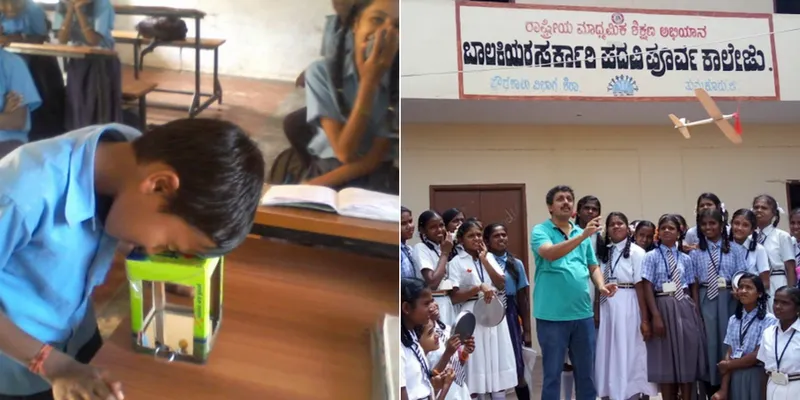
STEM, the academic disciplines of science, technology, engineering and mathematics, is the focus area in most countries these days. But what does the Indian report card look like, when it comes to STEM?
Rajesh Rao, Founder and CEO of Connecting the Dots, wasn’t too happy.
According to the World Development Report 2018: Learning to Realise Education’s Promise, India ranks second after Malawi in a list of 12 countries, wherein a grade two student could not read a single word of a short text or perform two-digit subtraction, Rajesh says.
Clearly, there was a problem.
The Programme for International Student Assessment (PISA) is a worldwide study conducted by the Organisation of Economic Co-operation and Development (OCED) to measure performance in science, mathematics and reading of 15-year-old school students.
In 2012, the PISA report ranked India 73 out of 74, beating only Kyrgyzstan in the race to scholastic ability.
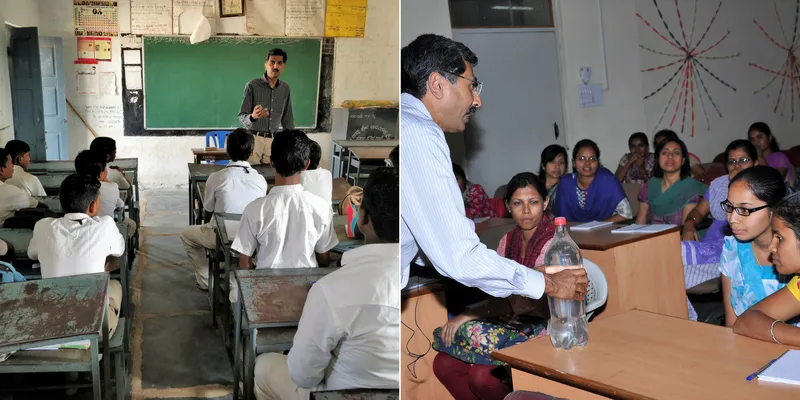
This finding was the turning point for Rajesh, an engineer who left his long career in the IT industry when he was 44 years old. He chose to set up his own organisation to bridge the gulf between the way science and mathematics are taught, and the actual intended output (what students are expected to learn).
Mathematics is necessary everywhere and science is the root of creative problem-solving, says Rajesh, in a telephone conversation.
Connecting the Dots sees the gap between employability and skills actually taught, and aims to make inroads into rural and urban education systems to better the conceptual understanding of mathematics and science.
The organisation aims to make learning practical, with children being encouraged to recognise science around them.
Live sessions by expert teachers
CTD aims to develop a refined methodology for use in educational institutions to enable teaching of science and mathematics. Its training tools aspire to encourage curiosity and promote experiential learning in classrooms.
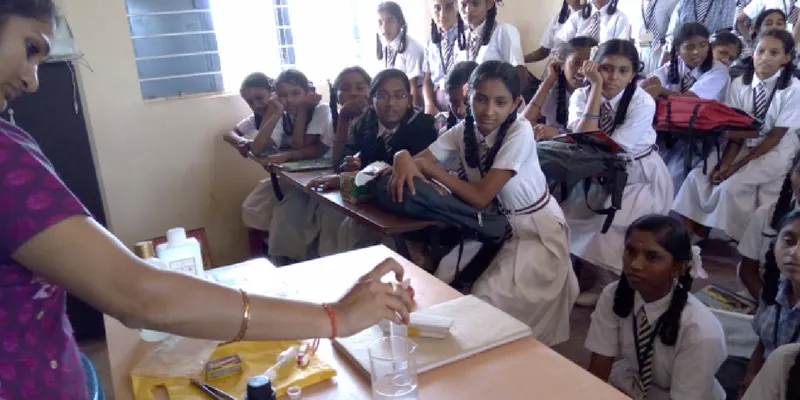
The innovative solutions offered to schools include Cloud Tutors. In this, live sessions by expert teachers are directly beamed into classrooms to complement and supplement classroom teaching.
"With Cloud Tutors, we bring in experts who not only have a mastery over the subject, but also understand the challenges of getting students ready to cope in an increasingly competitive world," Rajesh says.
Our teachers are backed by our own team of content creators with expertise in creating educational content.
Live classes are screened according to a predetermined schedule. Schools log in to the portal and project these sessions on screens in classrooms. The classes allow two-way interaction, and this ensures immediate clarification of questions. These classes are recorded and stored on cloud space by schools for later viewing.
Schools require a standard internet connection with about 2 Mbps speed, and an overhead projector and a screen in each classroom. No other software or equipment is needed.
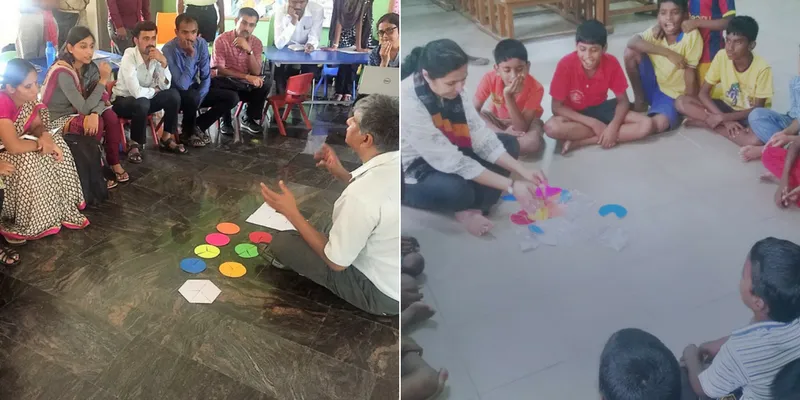
CTD works with rural and urban schools, letting thousands of children benefit from interactive learning. The organisation has partnered with government and private schools.
Rajesh says: “Koujegeri village is about an hour’s drive from Hubli, Karnataka. The government school there is located about 4 km from the village. The building is surrounded by fields and most students walk to school. Our virtual classes reach students of this school.
"The platform allows students to participate, ask questions, observe experiments and demonstrations, and access worksheets. The response from school staff and students has been very positive.”
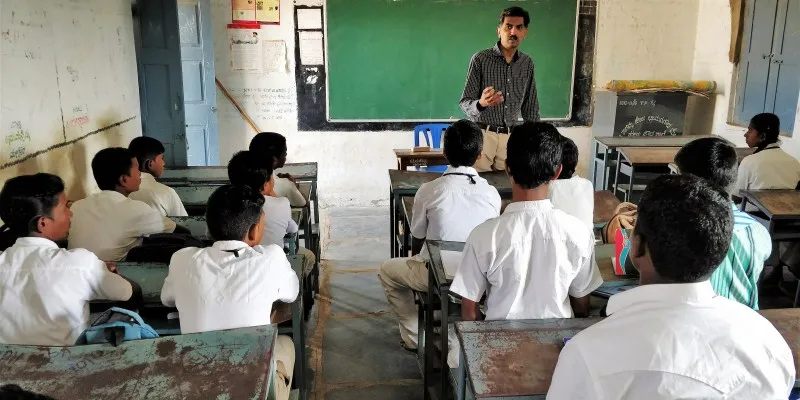
Shaping the future
In 2014, CTD started Gnanadeepa, its teacher training programme, which is funded by Infosys Science Foundation. Seven hundred teachers participated in the pilot programme held in Mysore for in-service teachers.
In 2015, Gnanadeepa was started for those keen to teach so schools have trained teachers.
Teacher training programmes – for new teachers – have been scheduled for seven locations across Karnataka in 2017-2018.
The ten-day programme is broken up into modules across eight to 12 weeks.
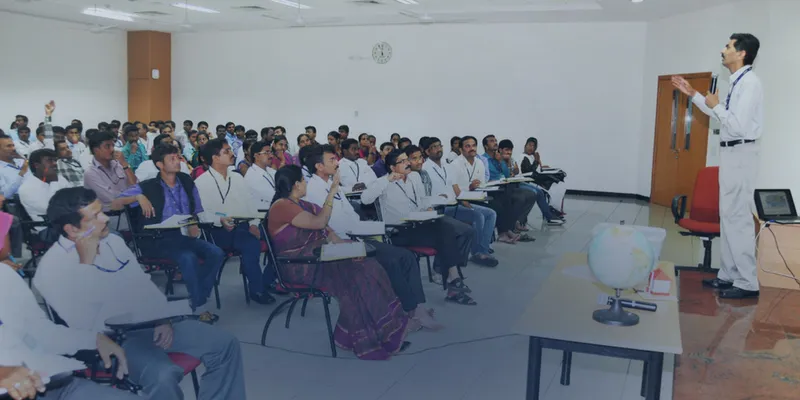
Gnanadeepa focuses on primary, secondary and high school teachers. The training modules are multi-level and easy-to-complete for teachers to gain command over science and mathematics.
Apart from subject matter expertise, the training offers skills on topics like using internet in teaching, soft skills, presentation skills, peer collaboration in schools, and others.
Skilled teaching is essential for building a strong foundation in students” Rajesh says.
In Bangalore, the mode of instruction is English; in the rest of the state, the training is provided in Kannada. The teachers receive a certificate at the end of the training programmme from CTD and Infosys Science Foundation.
Connecting the Dots is self-funded and the organisation is on now the lookout for like-minded investors keen to shape the future of education.







